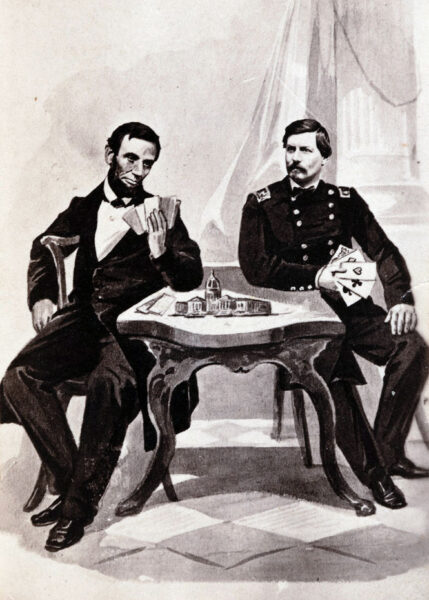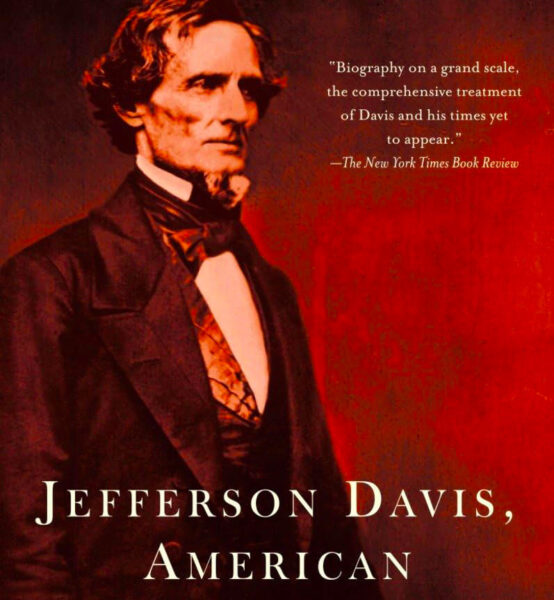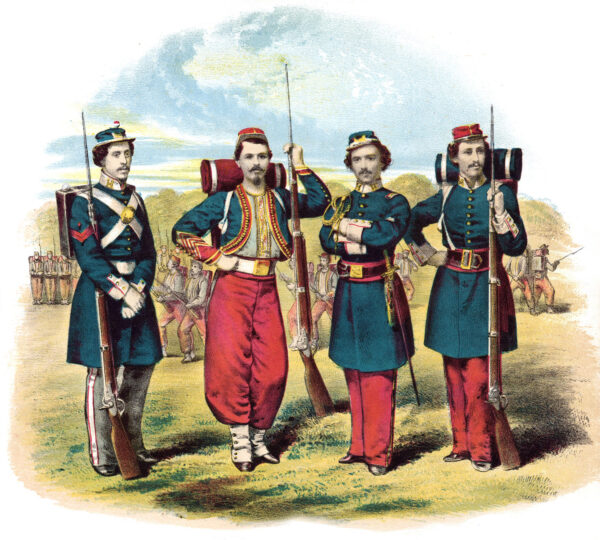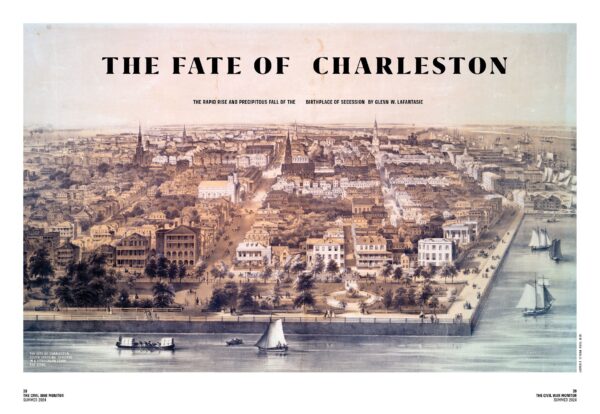Gen. Robert Edward Lee (1897)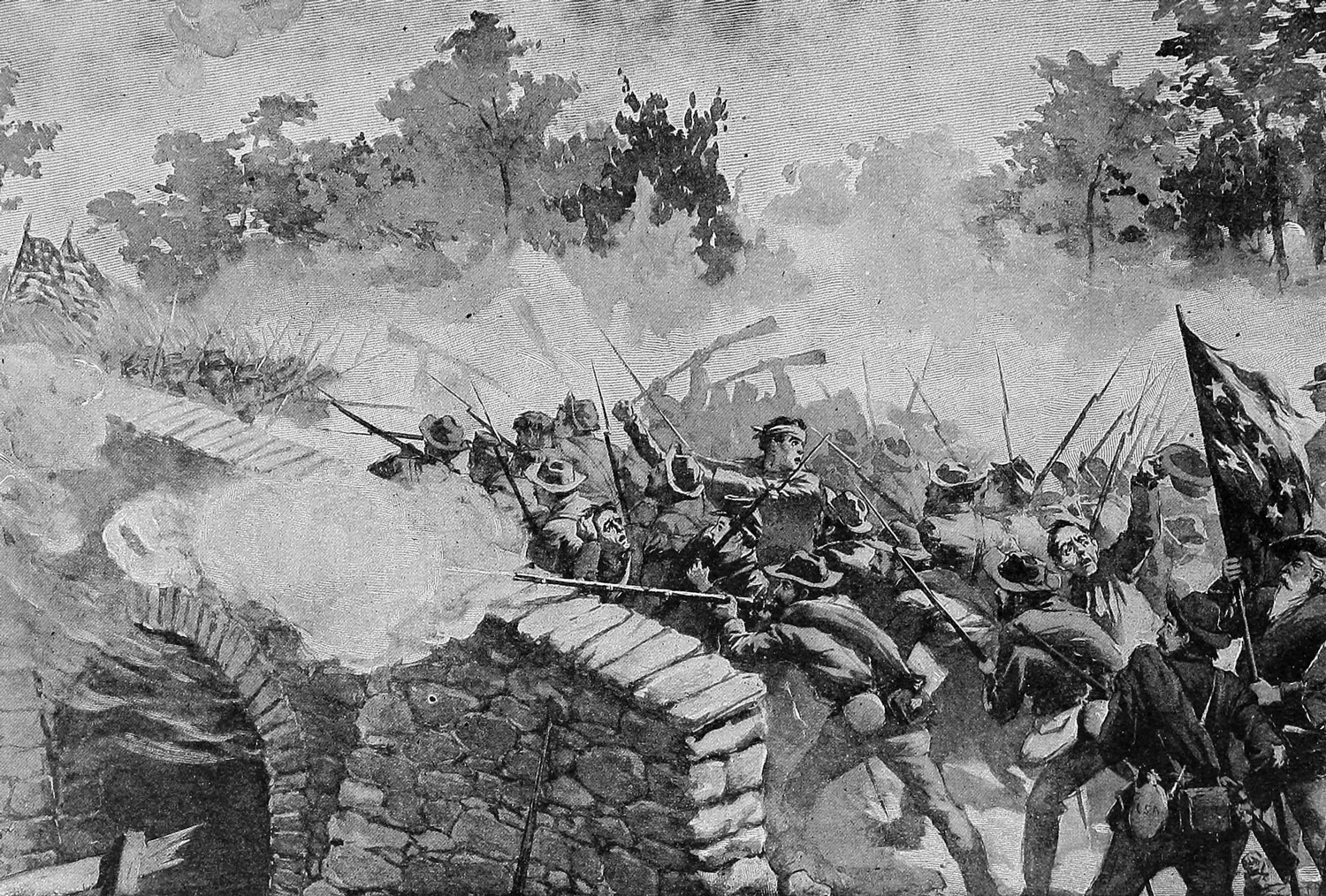 Gen. Robert Edward Lee (1897)
Gen. Robert Edward Lee (1897)
“[W]e had fun picking them off. We might have taken them all prisoners, but we wasn’t in for that. We killed every one of them; even a wounded man could not be seen creeping off without being plugged by a minie.”
Hugh Perkins, 7th Wisconsin Infantry, on he and his comrades firing into fleeing Confederates at the Battle of Antietam, in a letter to a friend, September 1862
“These are the first ‘Cartridges’ that I have ever seen, and is it possible that we are actually to kill men…? That these cartridges were made purposely for one poor mortal to shoot at another? Yes, this is war, and how hardened men must become.”
Edmund DeWitt Patterson, 9th Alabama Infantry, in one of this first journal entries after enlisting in the Army, July 16, 1861
A Selection of War Lyrics (1864)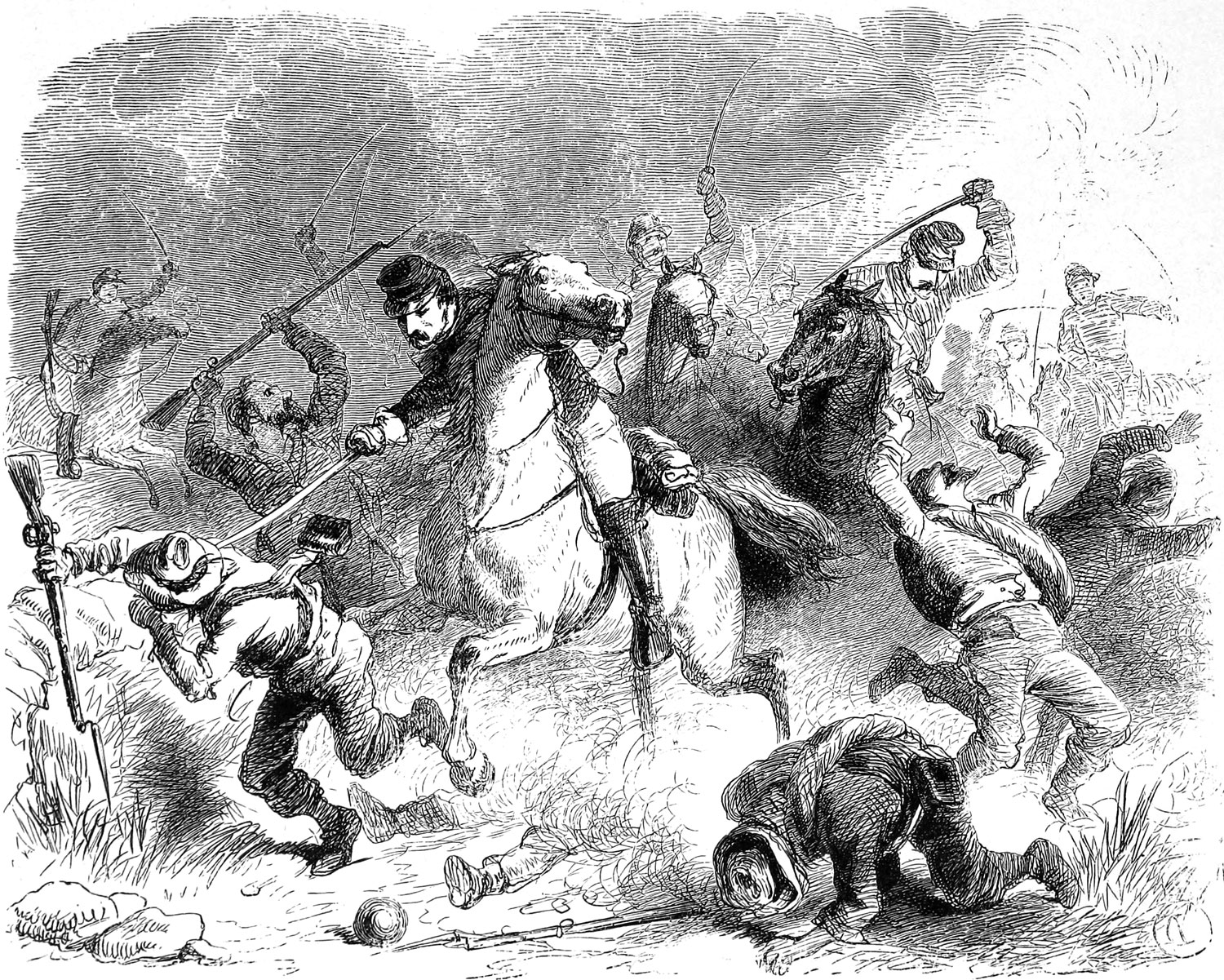 A Selection of War Lyrics (1864)
A Selection of War Lyrics (1864)
“I think I must have been made for the business or I have improved very fast since I enlisted. I am a little surprised myself to see how cool I took it.”
Charles B. Haydon, 2nd Michigan Infantry, on his thoughts after being “confirmed in the belief that I killed the first man I shot at” in battle, in his journal, September 7, 1861
“I immediately ran up to him to ascertain when he was hurt & if I could do any thing of him…. I found that he was not hurt but was executing a species of Indian War Dance around a Poor Yankee (who lay on his back in the last agonies of death) exclaiming I killed him! I killed him! Evidently carried away with excitement & delight, I left James to continue his dance.”
Byrd Charles Willis, 9th Virginia Cavalry, on approaching a comrade whom he saw “jumping about as if in great agony” during a battle, in his journal, August 25, 1864
Sam Watkins, 1st Tennessee Infantry.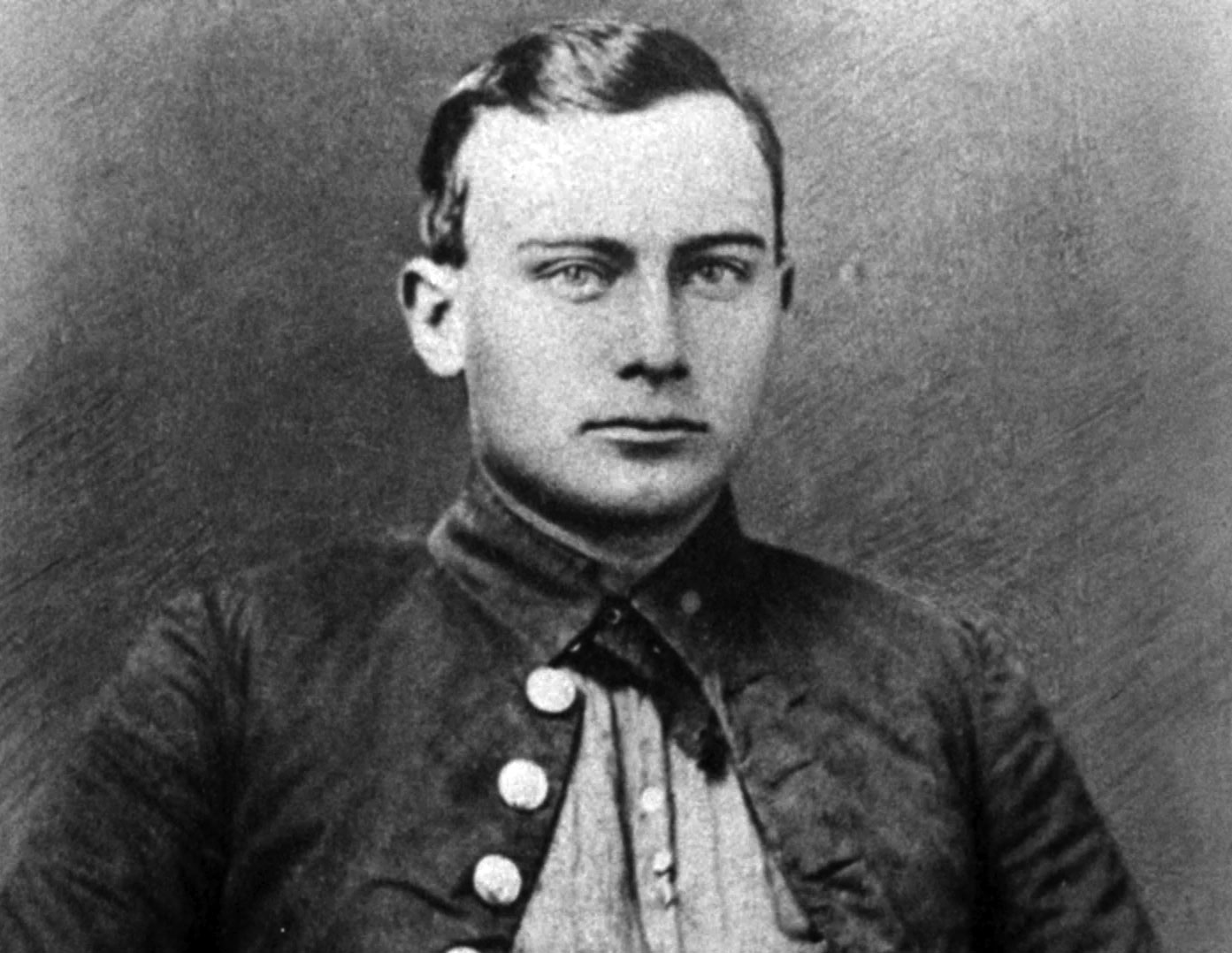 Wikimedia Commons
Wikimedia Commons
“I always shot at privates. It was they that did the shooting and killing, and if I could kill or wound a private, why, my chances were so much the better. I always looked upon officers as harmless personages…. If I shot at an officer, it was at long range, but when we got down to close quarters I always tried to kill those that were trying to kill me.”
Sam Watkins, 1st Tennessee Infantry, in his memoir of the war
More Killing the Enemy
Interested in reading more quotes on this subject? Click here to read our post “Extra Voices: Killing the Enemy.”
Sources
Jonathan M. Steplyk, Fighting Means Killing (2018); Yankee Rebel: The Civil War Journal of Edmund DeWitt Patterson (1966); Drew Gilpin Faust, This Republic of Suffering (2008); For Country, Cause & Leader (1993); “Co. Aytch” (1900).

